In the oral care industry, the demand for products that address gum sensitivity is rapidly rising. Patients suffering from bleeding, tenderness, or gum recession are seeking safer, more comfortable solutions. But one fundamental question drives innovation: how does low-speed brushing transform sensitive gums care? As manufacturers and OEM brands look to upgrade their portfolios, this brushing method has proven to be more than just a feature—it’s a paradigm shift.
Gum sensitivity is typically caused by one or a combination of the following: aggressive brushing, overuse of hard bristles, gum disease, or receding tissue. Traditional toothbrushes, especially those with high-speed motors, often exacerbate the problem by applying too much mechanical force. This leads to micro-abrasions, increased inflammation, and long-term damage.
That’s where low-speed brushing enters as a game-changer.
Low-speed brushing refers to controlled, gentle oscillations or sonic vibrations typically below 20,000 strokes per minute—significantly lower than standard high-frequency models. This deliberate reduction in intensity does not compromise plaque removal but instead provides a safer experience for sensitive gums care.
Key technical elements include:
These features allow precise targeting of the gumline without causing trauma.
For users with gingivitis, periodontitis, or general sensitivity, even small improvements in brush design can make a huge difference. Low-speed brushing provides the following benefits:
Instead of “scrubbing,” the brush allows the gums to rest while still receiving cleaning and therapeutic contact.
Studies show that plaque removal is not solely dependent on high-speed action. In fact, gentle mechanical action combined with longer contact time, as achieved by low-speed brushing, is equally effective when paired with soft bristles. For sensitive gums, this method respects the delicate balance between cleaning and care.
Additionally, low-speed designs often pair well with soft-touch bristle heads, curved profiles, and adaptive pressure sensors—creating a holistic solution.
For manufacturers and OEM buyers, introducing a low-speed brushing model into your lineup targets a fast-growing demographic: adults aged 35+ concerned with gum wellness. With enhanced sensitive gums care as the product’s USP, you can:
Such innovations also appeal to professional endorsements—dentists increasingly recommend gentle brushing as part of post-treatment recovery.
Looking forward, we see the integration of low-speed brushing with real-time feedback systems, pressure sensors, and adaptive brushing patterns for smart personalization. This opens doors to connected care, enabling users to track progress in sensitive gums care and adjust behavior accordingly.
AI-driven brushing recommendations could even tailor speed profiles to specific gum conditions, making low-speed the foundation for next-gen oral care routines.
Low-speed brushing isn’t just a toned-down version of standard brushing—it’s a precision method engineered for sensitive gums care. For B2B partners and OEM clients, investing in this design direction aligns with both medical research and consumer preference. It ensures safer cleaning, greater comfort, and higher long-term user satisfaction.
If your product line doesn’t yet include a low-speed model tailored to gum care—now is the time. Contact us

-300x300.jpg)
Head Detachment During Lip Abrasions – Design Fault?
Cleaning Residue Plus Bristle Hardening – Double Trouble?

The Power of Teeth Whitener & Toothbrush Bundles
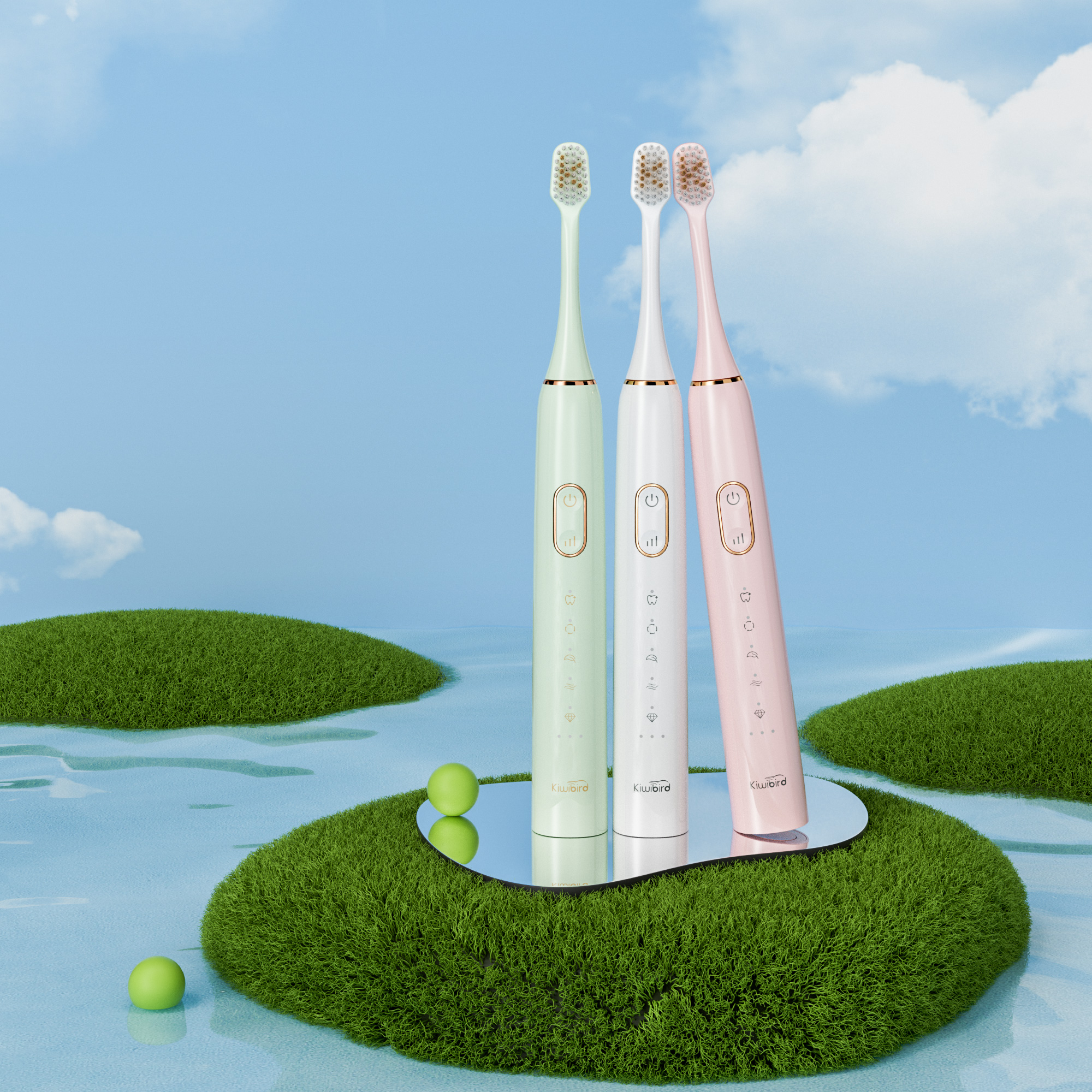
Does Clinical Gum Mode Really Work?
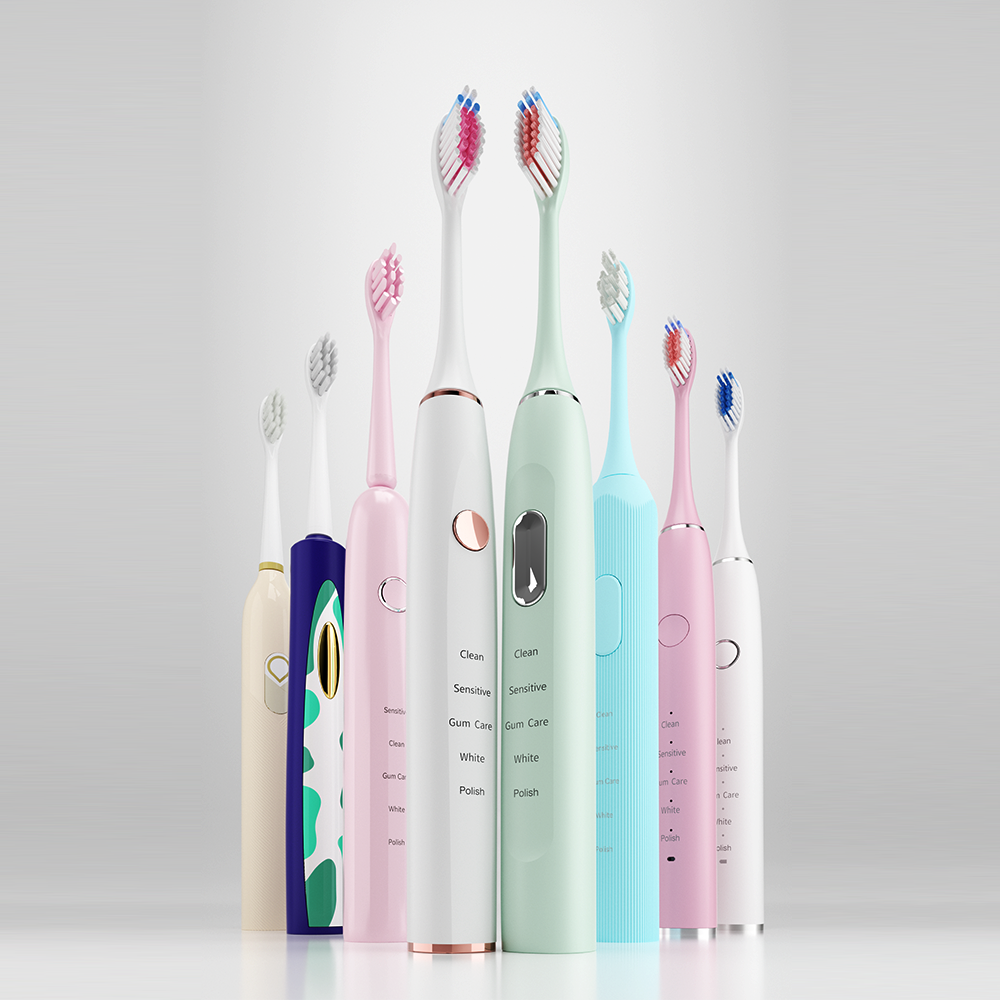
Camping Electric Brush Too Bulky? Folding Toothbrush Design Saves 50% Space!
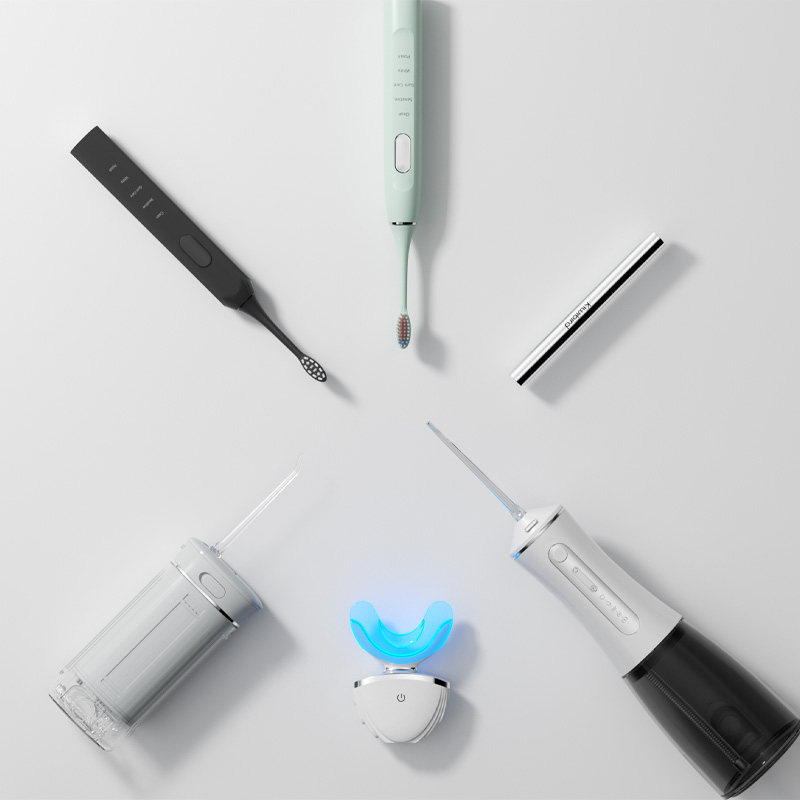
Market Potential of Electric Toothbrush & Whitening Device Combos
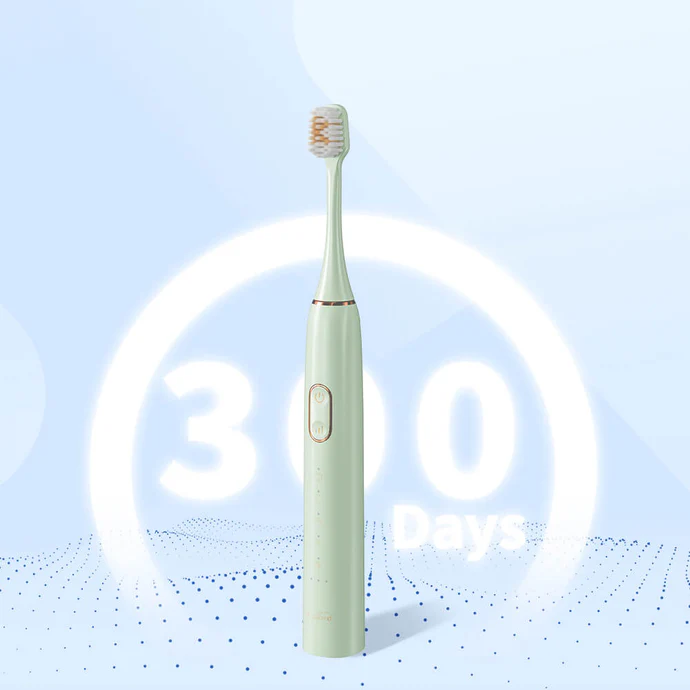
No Wonder Your Electric Toothbrush Burned Out When Charged Like This!
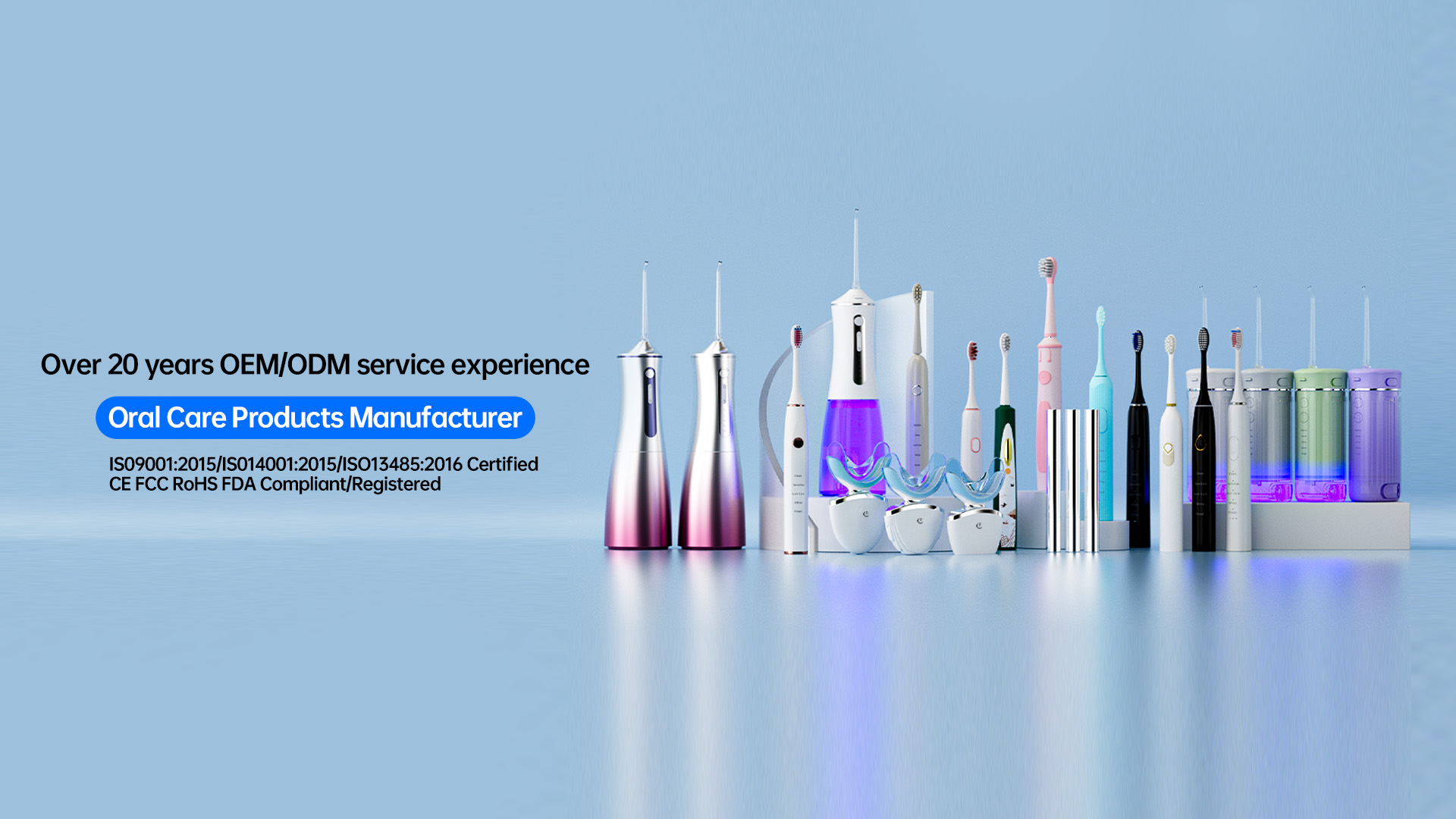
Building Winning Oral Care Brands in Competitive Markets
Taste Loss After Mucosal Burns – Whitening’s Cost?
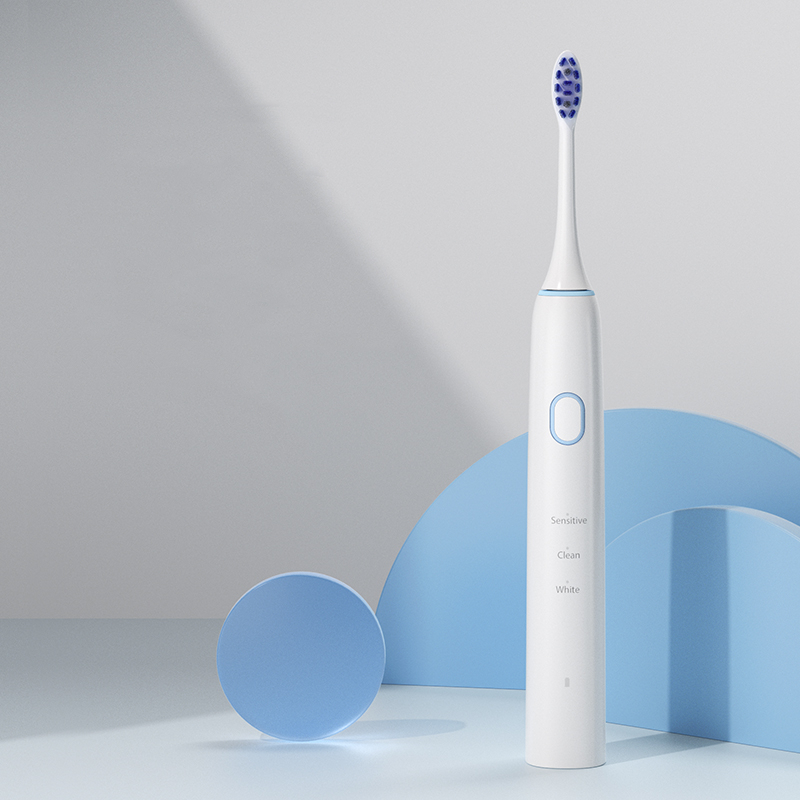
Low noise sonic technology for quiet electric toothbrush manufacturing
.jpg)
Gentle Sonic Vibrations Electric Toothbrush for Sensitive Teeth

Retail Merchandising Tactics for Oral Care Products: Strategies for Brands Seeking Manufacturing Partners
.jpg)
How Does Powsmart App Connectivity Turn Real-Time Brushing Data into Actionable Insights?

Gentle Yet Effective Cleaning: Sonic Toothbrush for Receding Gums
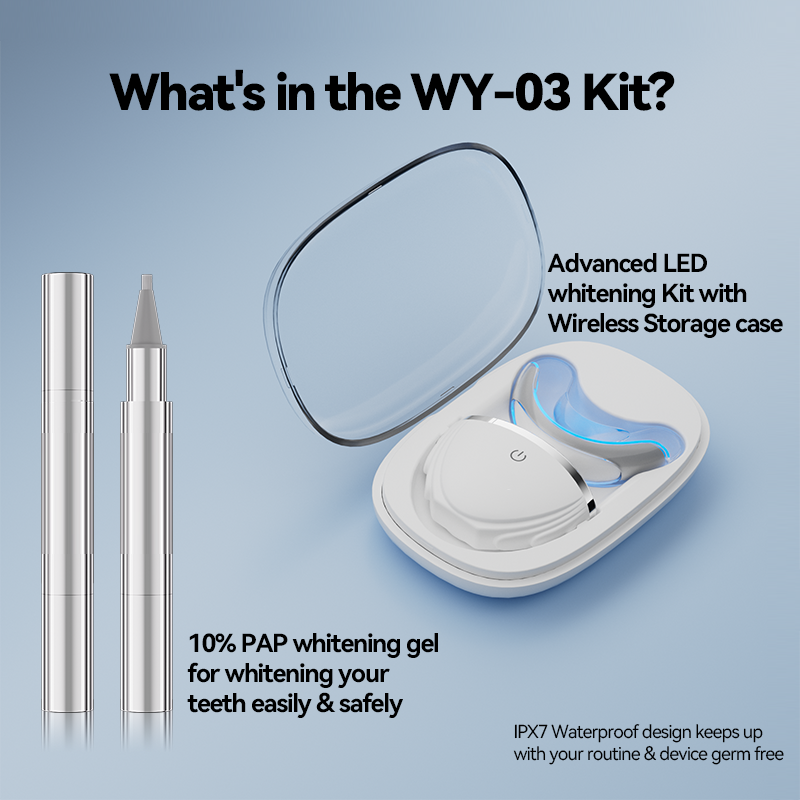
Clinical Results: Effectiveness of Home Teeth Whitening Device results
.jpg)
Whitening & Polishing Electric Toothbrush – OEM/ODM Services
.jpg)
Florida Electric Toothbrush – Powsmart PTR-C8

electric toothbrush heads Regular Clean

electric toothbrush heads Deep Clean

electric toothbrush heads Charcoal Infuse-Round

Electric toothbrush heads Charcoal Infused-Diamond

Private Label Whitening Gel

Customization Teeth Whitening Gel

electric toothbrush heads Ultra Soft
whstapp
whstapp
National Toll-Free Service Hotline
+86 755 86238638